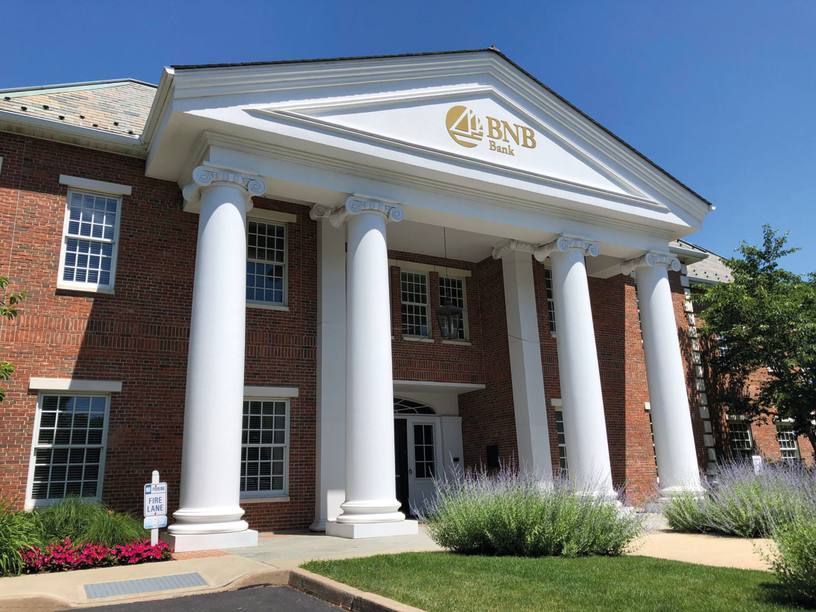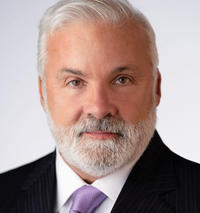The US recession and spike in unemployment in 2020 were the worst endured by the country since the Great Depression. Yet, US banks’ overall credit quality, credit losses and even their past-due payment loan rate at the end of 2020 had hardly changed from before the coronavirus struck. According to the Federal Deposit Insurance Corporation (FDIC), the ratio of debt written-off to that likely to be recovered was even lower in the fourth quarter of last year than it was in the same period of 2019: 0.41% compared with 0.54%.
There are many possible explanations for this situation. Banks generally entered the crisis highly capitalised and with a lot of liquidity. The Federal Reserve provided enormous monetary support during the crisis, back-stopping financial markets, buying up corporate bonds and keeping interest rates close to zero.
But the most fundamental reason was the swift, massive and, crucially, sustained US fiscal response. This materialised with the enactment of successive short-term major legislative packages: the Coronavirus Aid, Relief and Economic Security Act in March 2020; further legislation last December and, most recently, president Joe Biden’s $1.9tn American Rescue Plan Act.
Chris McGratty, head of US bank research at Keefe, Brunette & Woods, says the reason why the stimulus packages are so important is because they provide the support that “makes it possible for banks to do a lot of forbearance on loans, which helped put consumers and commercial borrowers back on their feet”.
Cutting some slack
Regulators have also encouraged banks to modify loan terms with payment deferrals, fee waivers, extensions of repayment terms or other delays, and avoid writing them down or declaring borrowers in default.
A notable characteristic of the stimulus packages is that they all target relief towards distressed households and businesses, with the Biden plan doing so most conspicuously.
[The stimulus packages] make it possible for banks to do a lot of forbearance on loans, which helped put consumers and commercial borrowers back on their feet
For example, all the packages include elevated and enhanced unemployment benefits, clearly targeted at the unemployed who, from a bank perspective, are naturally the first in line to default on credit cards and mortgages. It was partly due to the concern that pandemic-related job losses could lead to a surge in defaults in consumer credits which led banks to set aside billions of dollars in reserves to cover bad loans early last year. According to the FDIC, credit loss reserve expenses grew by 140% in 2020.
An important part of this, however, was also due to a new accounting rule, the Current Expected Credit Losses (CECL) standard, which took effect for most large banks in 2020. The rule makes banks account for losses at the time of a loan’s origination, rather than when it has matured and payments are missed. “Going back to the 2007-08 financial crisis, the issue then was that banks were too slow to recognise the problem. And so the CECL is to counteract that, and force banks to recognise problems a lot faster. And it did,” says Bain Rumohr, senior director of North American banks at Fitch Ratings.
Moving houses
There were unexpected movements in other parts of banking. House sales grew during the crisis, especially in suburban areas, because of the need for greater living space as work-from-home practices took hold. Single-family home prices shot up by double digits compared with 2019, according to the Association of National Realtors.
But unlike the housing boom of 2005-06 that culminated in the financial crisis, current underwriting standards are more strict, down payments are more significant and it is a shortage of supply that is fuelling rising prices.
Richard DeKaser, chief corporate economist at Wells Fargo, one of the top three US banks in mortgages and commercial real estate and a large lender to small businesses, says: “I think there was a shift in regulator and bank behaviour after the 2008 financial crisis to better manage credit risk. That has gotten the banking industry through this crisis. A fair question is: now [that] we’ve weathered the storm, does that mean everyone is going to let their guard down and feel complacent? I think that is a risk, but we haven’t seen [evidence] of it yet.”
It was not only property prices that rose in 2020. Another feature of all the stimulus packages is that they provide cheques directly to individuals. Many of these cheques did reach people who needed support. But data suggests that they also ended up with many who did not need the money, according to Sunayana Mehra, director of financial markets at Moody’s Analytics. As people could not spend this on holidays or entertainment, for example, a $1.8tn surplus in deposits or excess savings has piled up at banks, notes Wells Fargo’s Mr DeKaser. He believes that this tsunami of deposits and savings will be the most important factor sustaining economic growth this year and in 2022.
Protect and survive
Mr Biden also tweaked the Paycheck Protection Programme (PPP) in support of small employers to allow PPP credits to reach the smallest entrepreneurs and micro-businesses, which are disproportionately owned by women and people of colour.
The programme is a boon for the more than 4,500 small community banks in the US. In 2020, they distributed 28% of total PPP loans, and their loan growth outpaced the industry average, according to the Small Business Administration and the FDIC.
On the other hand, community banks are exposed to double the share of commercial real estate loans than the banking industry average, which “raises concerns about the asset quality of some of these banks even after all the relief has been distributed,” says Moody’s Analytics’ Ms Mehra. Movements in commercial real estate are the other side of the coin to the spike in the suburban residential real estate market. Cities’ corporate offices and office towers have been severely affected by Covid as employees work remotely.
Bankers, however, believe that any structural shift in the market is likely to happen gradually and incrementally. The supply side of the market is also likely to adjust at the same time, to avoid an overhang of vacant office buildings.
Kevin O’Connor, chief executive of the recently merged BNB Bank and Dime Community Bank, both historic Long Island small banks, says: “Operating in this market can be safe. Neither bank has a large portfolio in New York City or Manhattan real estate and, to the extent we have exposure there, it is limited to small business rental units.”
Both banks, Mr O’Connor continues, had $2bn or 15% of their total combined loan portfolios in some form of forbearance at the peak of the pandemic in the second quarter of 2020, but a year later this has fallen to less than $300m, or 1% of the banks’ total lending.
Is the worst over?
With an accelerated vaccine distribution campaign and the implementation of the Biden stimulus package, bankers seem confident that the worst financial consequences of the crisis have been averted. The biggest US lenders – JPMorgan Chase, Bank of America, Wells Fargo and Citigroup – started reducing their stockpiles of loan loss reserves in the last quarter of 2020, according to their filings with the Securities and Exchange Commission. Alongside large regional banks, they are expected to continue to do so this year.
A fair question is: now [that] we’ve weathered the storm, does that mean everyone is going to let their guard down and feel complacent?
There are signs that the economy is recovering fast. In March, the Organisation for Economic Co-operation and Development revised its 2021 US economic growth forecast up to 6.5%. The Federal Reserve, while pledging to maintain low interest rates until the US reaches full employment, revised its unemployment forecast for the US this year down, to 4.5%.
Mr Biden has also recently unveiled a major, long-term economic growth plan, the first part of his government’s Build Back Better legislation: a $2tn infrastructure and jobs package. This includes tax measures to finance the package and covers basic public works projects, as well as far-reaching initiatives to address climate change and the country’s economic and racial inequities; it also includes investments in research and development to compete with China.
In its second phase, the plan will also focus on investments in education and turning a new child tax credit for low-income families, which was temporarily in the Biden fiscal stimulus, into a permanent US anti-poverty safety net. Not since the days of president Lyndon B Johnson has such transformative US legislation been proposed, and banks stand to benefit.













